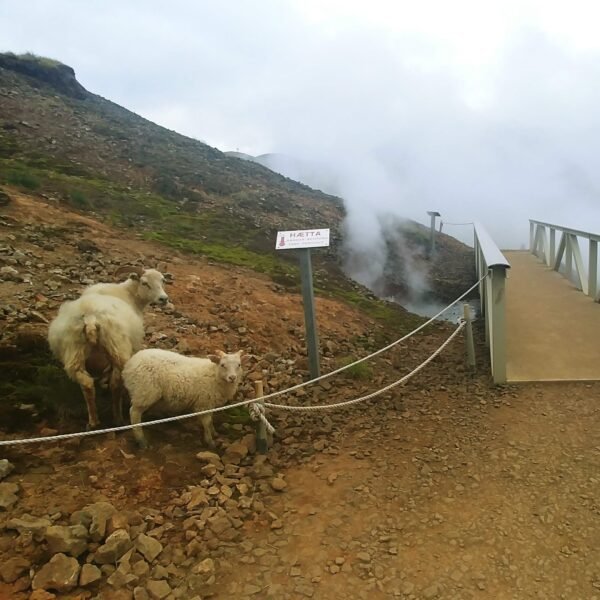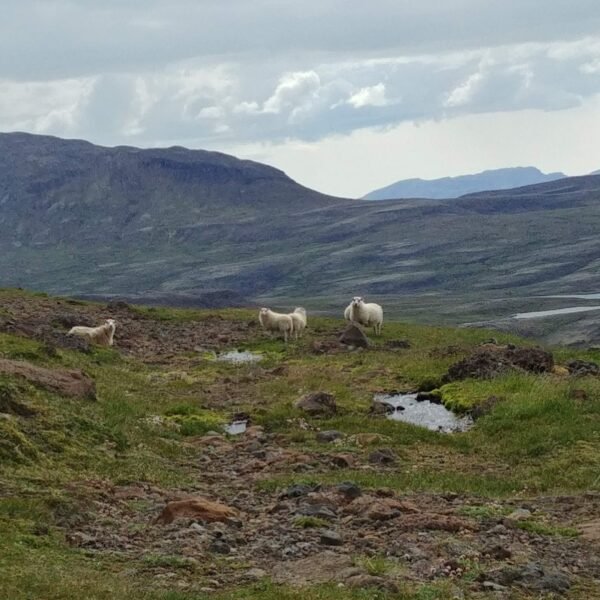How icelandic wool is made: A Journey from Icelandic Pastures to Your Arms
Have you ever wondered how icelandic wool is made? How far your wool sweater has travelled before it ended up in your arms? I prepared a small guide especially for you today.
Stage 1: Grazing in picturesque pastures
Icelandic sheep spend most of their time grazing freely. They feed on juicy grass and vegetation. This is where our adventure with wool begins!
Just imagine the freedom they will experience? Sheep can be found almost everywhere. Even on the most deserted paths.
Wouldn’t you like to be as free as these sheep?
I guarantee you that they see views that would take our breath away!
Stage 2: Haircut - it's time for a haircut!
After herding the sheep from the mountains, experienced breeders shear them. It’s a magical moment.
Not only raw material is created for further processing! But sheep also finally have some relief when they get rid of their fur. On average, it weighs up to 6 kg!


Stage 3: Wool bath. Sheep also wants to be clean!
Imagine how many hundreds of kilometres one sheep has walked, grazing in the summer. And how many of them did she make and how many different adventures did the wool she was wearing go through.
Therefore, after shearing, it is subjected to special cleaning processes. And then bathed in warm water to remove any impurities. Cleanliness is absolutely essential!
Meanwhile, I will add for curiosity that in traditional plotulopi wool, even after buying it in the store, you can find pieces of hay and straw. Which also has its own charm and adds to its credibility.
Step 4: Drying in the wind
After the bath, the wool is gently dried in the wind. This process makes the wool soft and fluffy. Sometimes you can see bundles of wool floating in the wind. It’s a magical sight!
And that’s how icelandic wool is made. In short story.
See on youtube how wool is made in Istex
The main producer of Icelandic wool is Istex. Ístex still buys directly from farmers and processes approximately 99% of all Icelandic wool.
And it is Icelandic farmers who own 80% of the company. The company not only produces many different types of wool, but also regularly publishes magazines with new designs.
There are recipes for sweaters, mittens, blankets, and more.
And if you want to see what the process of creating wool looks like, I have for you to the video made by Istex. Check below.
